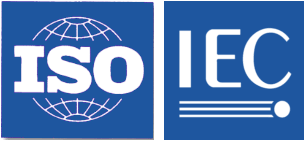Environmental labels and declarations - Self-declared environmental claims (Type II environmental labelling)
This International Standard specifies requirements for self-declared environmental claims, including statements, symbols and graphics, regarding products. It further describes selected terms commonly used in environmental claims and gives qualifications for their use. This International Standard also describes a general evaluation and verification methodology for self-declared environmental claims and specific evaluation and verification methods for the selected claims in this International Standard. This International Standard does not preclude, override, or in any way change, legally required environmental information, claims or labelling, or any other applicable legal requirements.

